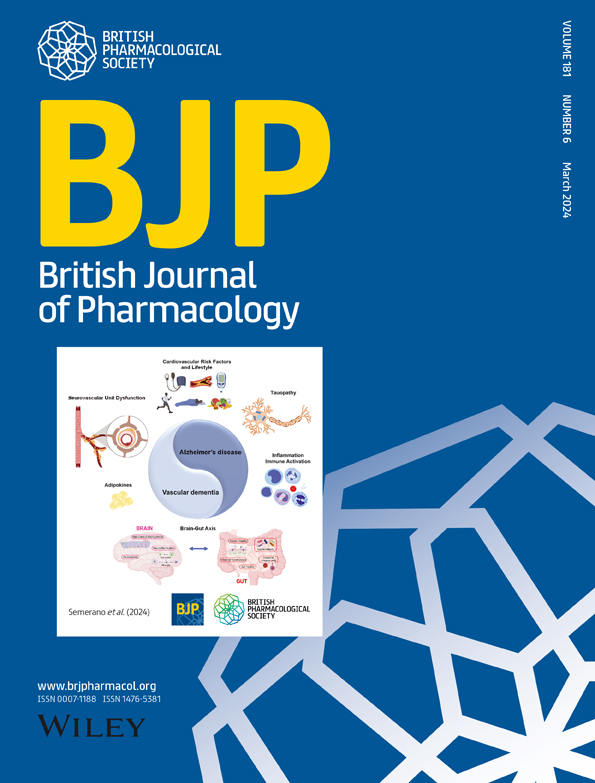ESG-1-60 and ESG-1-61: Novel dopamine D3 receptor-preferring partial agonists/antagonists that inhibit cocaine taking and seeking in rodents
Abstract
Background and Purpose
Preclinical studies suggest that highly selective dopamine D3 receptor (D3R) antagonists or partial agonists hold promise for treating substance use disorders. However, their limited effectiveness in reducing cocaine self-administration is a major drawback. This study investigated whether cariprazine (D3 receptor-preferring partial agonist) and its analogues ESG-1-60 and ESG-1-61 have enhanced efficacy in reducing cocaine-taking and cocaine-seeking behaviour.
Experimental Approach
In vitro BRET experiments were used to characterize the functional efficacies of cariprazine and its analogues. Intravenous cocaine self-administration and reinstatement models were used to evaluate efficacy in reducing cocaine-taking and cocaine-seeking behaviour. Optical intracranial self-stimulation (oICSS) procedures assessed effects on dopamine-dependent behaviour. Open-field locomotion, oral sucrose self-administration and conditioned place-preference were used to evaluate potential unwanted side effects.
Key Results
BRET functional assays indicated that cariprazine and ESG-1-60 are D3 receptor-preferring partial agonists, while ESG-1-61 is a D3 receptor-preferring antagonist/inverse agonist. All three compounds inhibited cocaine self-administration under both fixed-ratio and progressive-ratio reinforcement schedules and reduced cocaine-induced reinstatement of drug-seeking behaviour in both male and female rats. The compounds did not alter locomotor behaviour but suppressed sucrose intake and dopamine-dependent oICSS. Cariprazine and ESG-1-61 produced significant place aversion, while ESG-1-60 did not. Chronic administration of ESG-1-60 inhibited cocaine self-administration.
Conclusions and Implications
Novel D3 receptor-preferring compounds ESG-1-60 and ESG-1-61 were highly effective in reducing cocaine-taking and cocaine-seeking, under various reinforcement conditions. ESG-1-60 warrants further investigation as a new pharmacotherapy for treating cocaine use disorder as it is effective in these models and lacks unwanted behavioural effects.

 求助内容:
求助内容: 应助结果提醒方式:
应助结果提醒方式:


